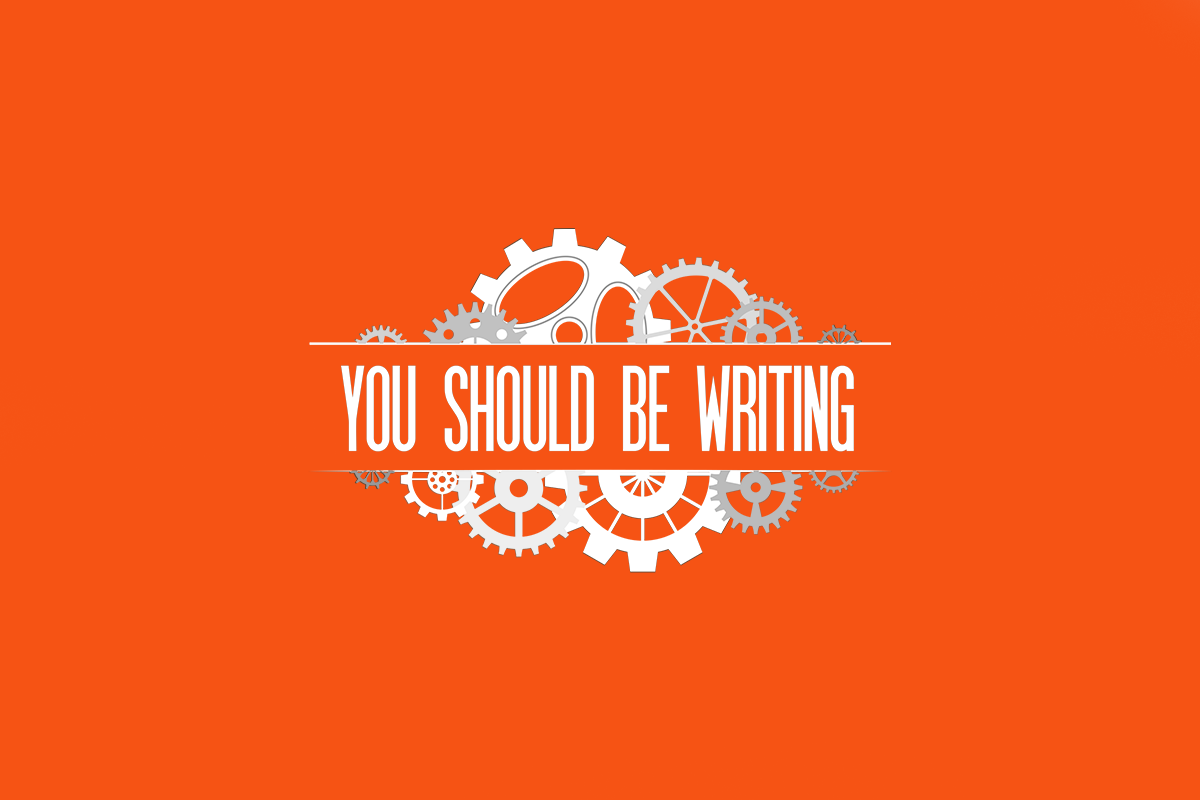The website – a writer’s castle
+
Blog functions and SEO optimization for writers
Creating a website is easy. Really!
My advice:
Use HostGator to buy a domain and hosting. Costs: a domain = avg. $12 per year; hosting = avg. $8 per month. They have easy to follow tutorials for installing WordPress.
WordPress has a very short learning curve. The internet is full of free tutorials. You can also hire a professional web designer, but I would recommend you to enjoy the thrill of a new learning experience that will help you with your writing.
The website is:
- Your Castle – the foundation of your online social presence
- The Sender – the source of the controlled information you are providing
- The Receiver – the destination hub for all traffic you attract through all gates (social networks) available
Although the contexts we use might suggest the website and the blog are different environments, the blog is just a part of a website. Initially, the blog was just a list of articles (posts), listed on one page, with the most recent posts top of the list. As time passed, both individual writers and companies changed their approach. As the social media presence of a company became more and more important, the blog became part of the corporate website. At the other end of the online spectrum, the individual blogger became more than an online journalist and the page transformed into the online representation of hers/his personal brand. Other pages were added to the solitary one page, describing the writer, the services she/he could offer, and other relevant data: About me, Services, Contact, Testimonials, etc.
Keep in mind, when setting up your website, that you need not reinvent the wheel. You just need an online platform effectively delivering relevant content to your readers.
Use the matrix from the ‘personal branding for writers’ article. You can try to practically use it when considering the articles for your website. You could split them into two categories:
1. Posts of a more personal nature meant to crystallize your image as a real person, making you likable and approachable.
2. Articles of professional nature, meant to determine your readers to respect and trust you.
You may also choose creating more than one website, in order to separate your private and public life. Structuring your online social presence is your choice, and it depends on the time you can allocate for writing on your blog. The more pages you manage, the less likely you are to manage all of them in due time.
Consider the four major functionalities that a blog must provide:
1. Content
The keyword in building your online presence is… keyword.
Decide on maximum 10 words (or group of words) that you will have at the core of all your articles. Five words should be about you (use exercise 2 presented above if you wish). The other five could relate to the book you are promoting at any given moment. For example, some words I used as keywords: digital project manager, writer, self-publishing, and the right place. The last group is actually the title of my novel but it also became default for defining the ideal destination or reaching an objective.
![]() When deciding on the words to use for the promotion of your book, it might be useful to check the Contextual Targeting Tool offered by Google AdWords. While it is used for buying online publicity, it can also be used to gain insights on the popularity of certain words. You can collect descriptions for the terms you chose, related quotes you can use for writing your blog posts (articles). But don’t forget about the most important feature: offer an easy way to share your work in social media. I can’t stress this aspect enough.
When deciding on the words to use for the promotion of your book, it might be useful to check the Contextual Targeting Tool offered by Google AdWords. While it is used for buying online publicity, it can also be used to gain insights on the popularity of certain words. You can collect descriptions for the terms you chose, related quotes you can use for writing your blog posts (articles). But don’t forget about the most important feature: offer an easy way to share your work in social media. I can’t stress this aspect enough.
2. Target audience
The audience of an online brand is virtually unlimited. The purpose of your blog is to reach your target audience: to filter out and limit the number of people to those that are your potential readers and book buyers. Do not waste your time trying to make everybody happy. It is a worthless endeavor. Human beings are busy and different and messy – and that is why the only people of interest to you are the ones passionate about the topics you write.
3. Technical structure – SEO
While SEO (Search Engine Optimization) is a profession in itself, you can get good results by applying a few basic rules and requirements in writing your blog posts.
It is mandatory to use the following options for WordPress:
- Categories – helps with splitting the articles based on the main topic
- Tags – a way of telling the search engine which are the most important words in the text
- Featured image – the image is “pulled” by Facebook when you publish a post, for example.
The minimal technical requirements for the title and content of an article are:
- The title should include the main keyword, preferably in the beginning
- The main keyword density should be of at least 5
- The images inserted in the article should have a title inclusive of a keyword
- The article should have at least 300 words
- At least one of the tags should be a keyword
The plugins to cover all your WordPress SEO needs I recommend are Yoast SEO or Rank Math. They can help you follow the above technical requirements and more.
4. Portfolio
For an author, this fourth functionality can include the books/short stories already published. Also, if the blog is a mix of personal and professional information, your portfolio will be proof of your expertise.
This functionality can be customized, depending on the theme you decide to use. I use Divi for clients and Daisho for me.
You should also ask yourself if you really need a website. Unless you decide you have enough time to write articles and are ready to learn a new writing style (that most probably will differ from your style as a novel writer), don’t do it. You might find success without it. Although… nowadays, the first impulse of most people is to “google” your name.
I prefer to have some control over the data people can find about me online. For me, it is not only about spreading the word and getting new readers – I also sell online services (like website building, etc.). Remember that you need the people that take an interest in you based on the material they find online. The ways in which a visitor is converted into a reader are many and all are uncharted territory.
Your Castle. Sender and Receiver.
![]() Somebody once said that it is amazing how “all the shit you see online now was in people’s heads until 30 years ago”. Yes, the internet as we use it now is only three decades old.
Somebody once said that it is amazing how “all the shit you see online now was in people’s heads until 30 years ago”. Yes, the internet as we use it now is only three decades old.
So, for me personally, I feel that the best way to have some control over personal and professional data posted online is to own the source.
I use my online presence as a benchmark. I OWN my website. It is my castle. If I want the world to know something about me, I will write it there.
The social networks are a trade-off. I sell my personal data in exchange for access to other people. I pay with pieces of my life for the opportunity to communicate with others. This is where my concept of CONSTRAINT comes into play. Social networks are tools that I use to bring people to a platform I control, where I can communicate with them directly based on the initial agreement created on a social network. Same principle applies to other forms of creating the first connection: paid ads, word-of-mouth, etc.
While the above covers the RECEIVER’s role, the SENDER’s role has two main components: sharing through social media networks buttons/widgets and email campaigns. It is important (some might say vital) to create an email list containing the addresses of all your readers and communicate with them using CRM tools like MailChimp or others.
For Asengana, the Early Adopters email list is one of the most important communication tools we have. We know there are already thousands of people interested in our platform and we keep them up-to-date with the pace of development, the features we add or change before the launch date or the ones we will improve upon after rolling out the first modules (Writing, Project Management, Analytics, etc).
You should also read:
SMM 1/7 – Why is the way you define Social Media Marketing important?
SMM 2/7 – Personal branding for writers
SMM 4/7 – The story about you writing your story
SMM 5/7 – Social Networks – a like value is 0
SMM 6/7 – DIY Social Media Marketing Plan for writers
SMM 7/7 – Project Management for writers – Kanban








